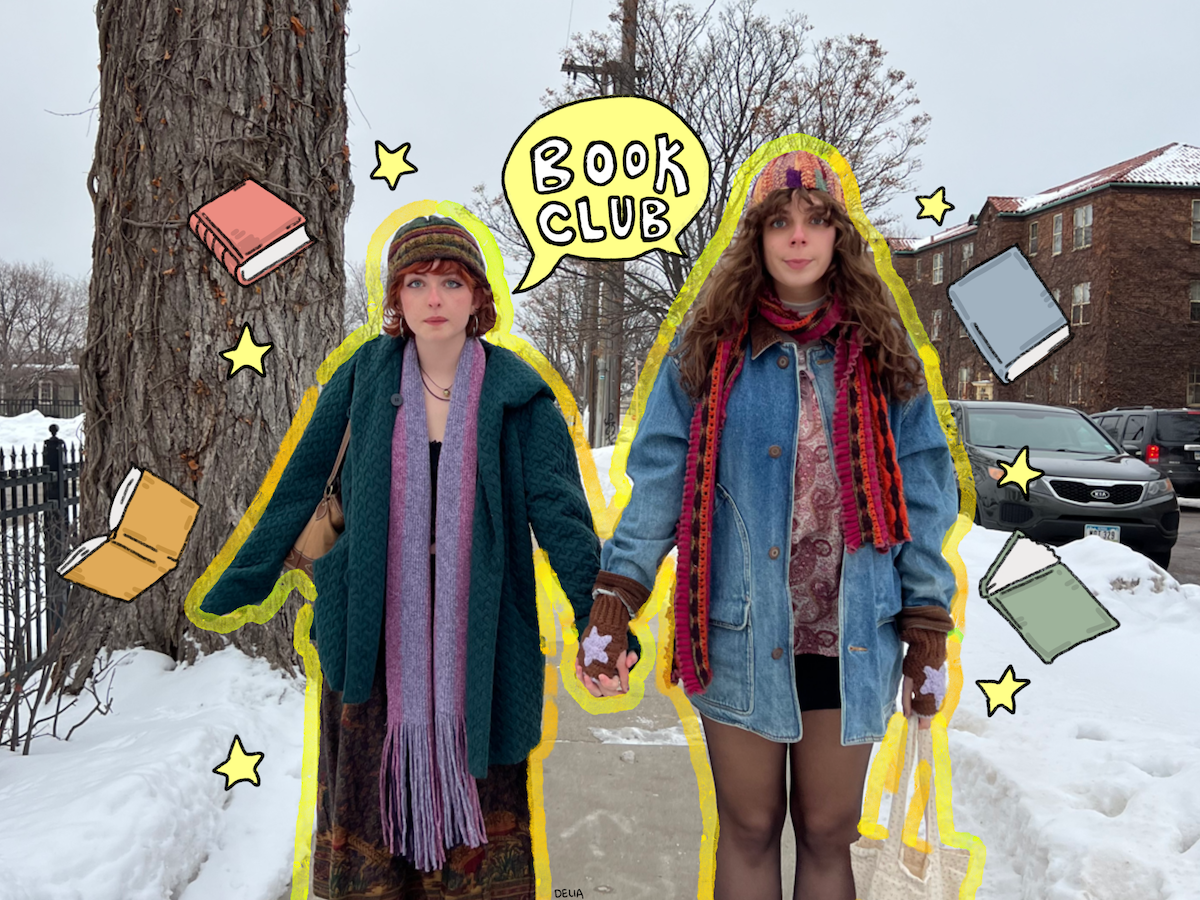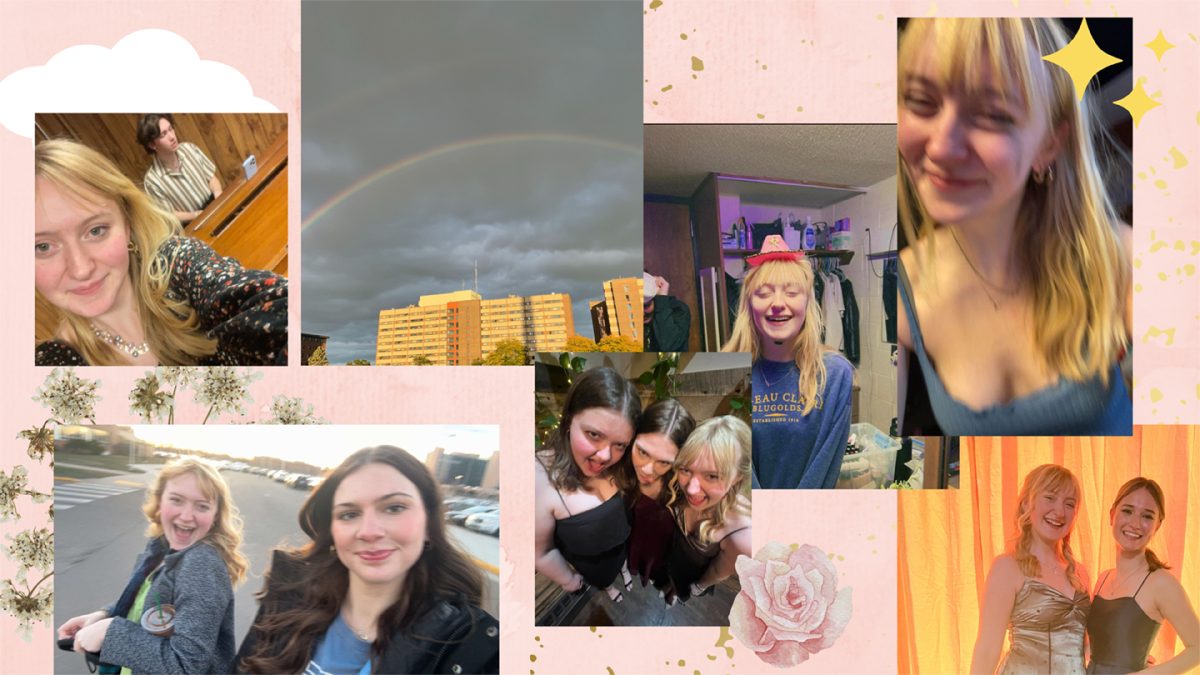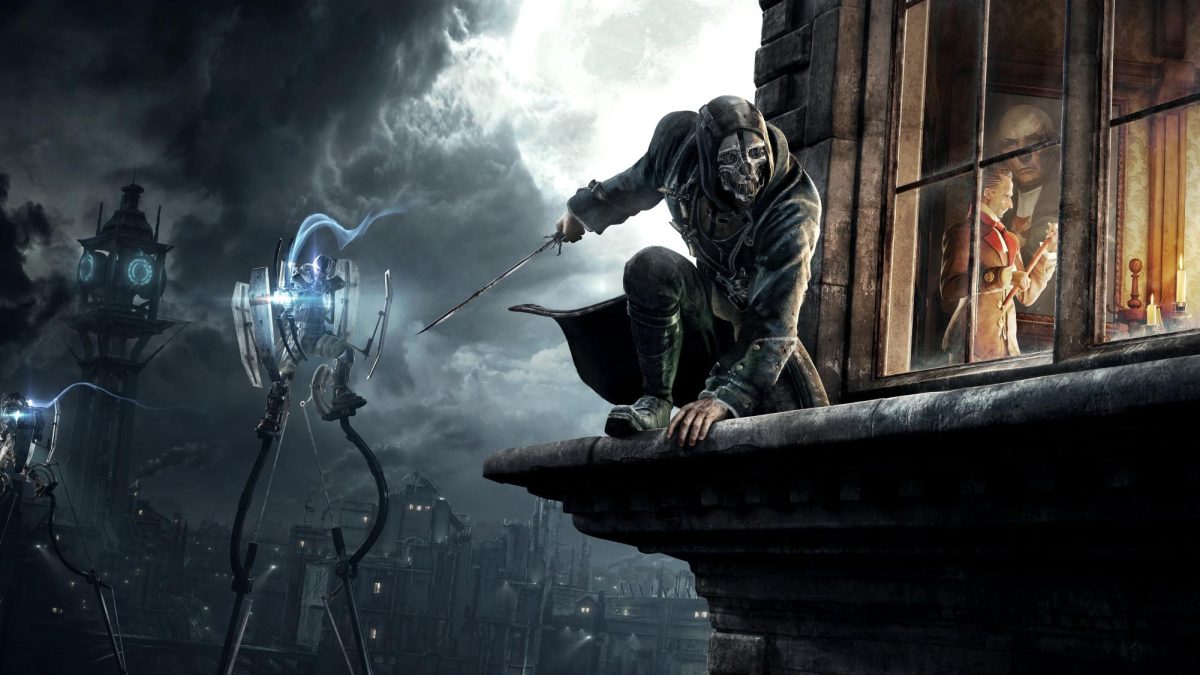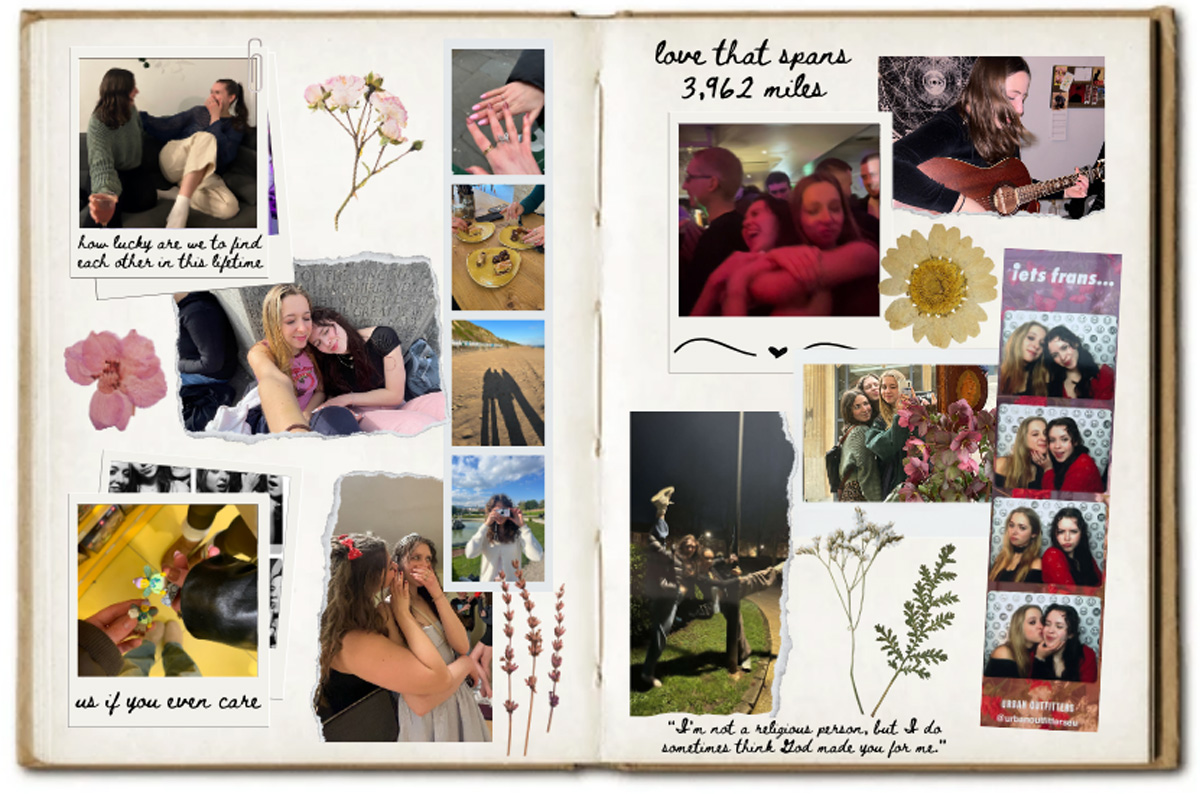It’s been a bit gloomy lately here in Eau Claire, and between the stress of classes and my personal life, I’ve been reaching for familiar ways to distract myself.
Mainly, I’ve been looking back at old reading favorites, as my biggest comfort has always been books, and this week I decided to re-read one from this summer, “The Rabbit Hutch” by Tess Gunty.
The Rabbit Hutch is Gunty’s first novel as an up-and-coming writer. She graduated from New York University and has a Masters in Fine Arts for writing. The response to this novel has been mostly good. Most readers have expressed pleasant surprise for the book.
I read this book sitting in the woods at a summer camp, on my break at work. Sitting in a covering of trees, smelling the wood from the cabins and the bonfires.
Eager to read it the minute I heard about it on Goodreads, I splurged for the hardcover instead of waiting for the paperback. I’m a sucker for pretty books, and this one is no exception. The cover is saturated and beautiful, not to mention the folk-inspired art within the pages.
The book follows a group of tenants at an apartment complex in the Midwest. In an Indiana city named Vacca Vale, the business and industry have up and left the people there.
Instead of leaving, the residents of the apartment building named the Rabbit Hutch have all decided to stay. They have been living in almost a dystopian reality, the dead city around them growing smaller and smaller.
The book flips back and forth between several of the tenants in the apartments. Their stories slowly converge into one as the book comes to a close.
Usually, I am very against multi-narrative storytelling, but all the perspectives in this book were needed, and I ended up enjoying it much more than anticipated.
Personally, my favorite character was Blandine, a teenage girl living with her three male roommates. She has a complex and emotionally heartbreaking past that folds into her present and future.
Her story is very “manic pixie dream girl” towards the beginning, which if you’ve read my op-ed, is a total turn-off for me. The further into the book, however, the more depth she uncovers for the reader.
These people’s descriptions, life, story and fate are a delicate mix of what feels like “The Virgin Suicides,” “We Do What We Do In The Dark,” and “Her Body And Other Parties.”
I must admit that this book is not for everyone. The contemporary nature of the writing and storyline can seem tedious or ingenuine to some readers. As someone who loves finding new ways of writing, this was a refreshing change from the regular novel style.
This book tore me in half, the writing spoke to me in a way many of the books I have been working through lately have not. Let’s just say I’m happy to have this one in my collection, and I may end up reaching for it more than I was originally anticipating.
Brandel can be reached at [email protected].








